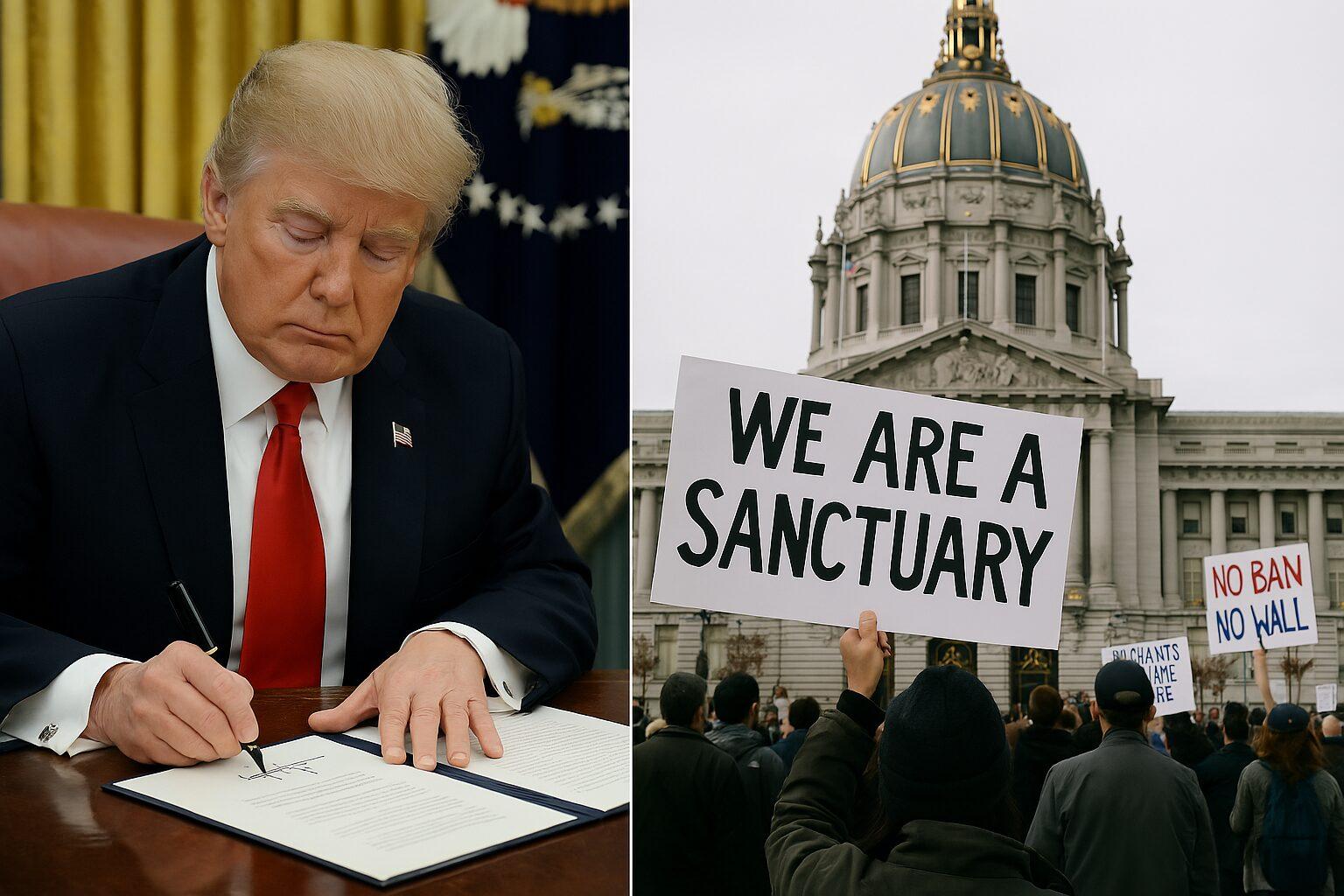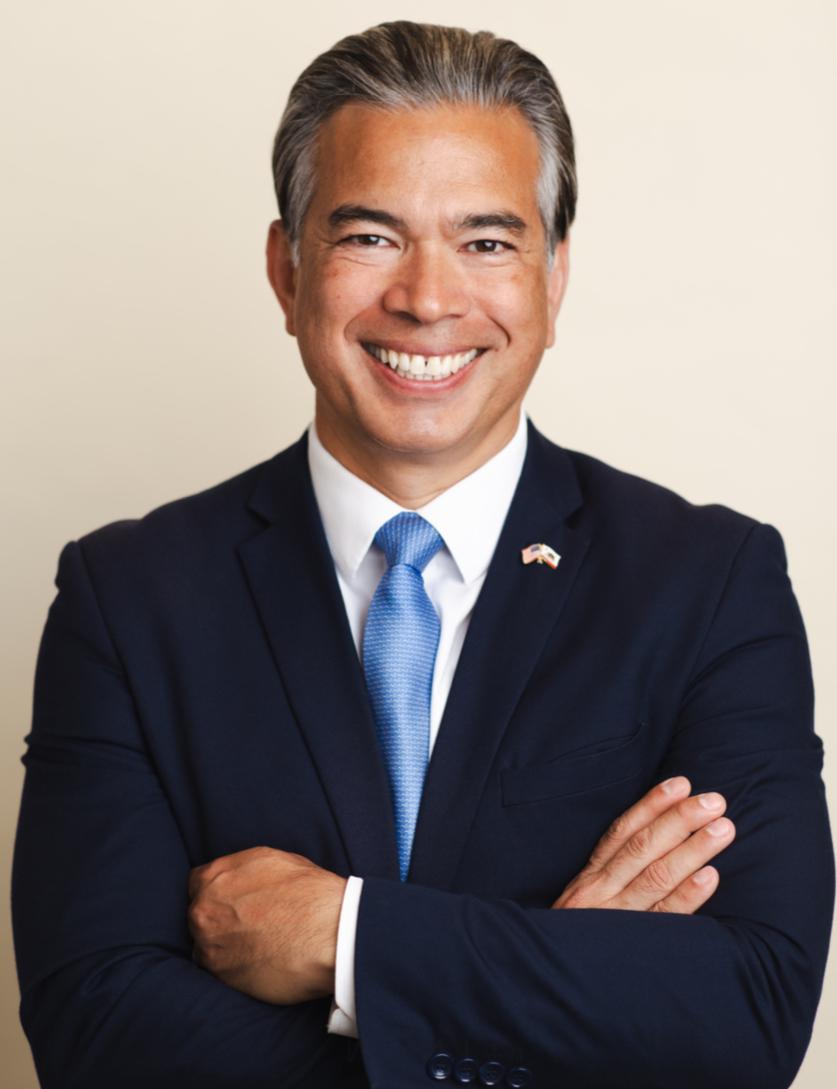WASHINGTON, D.C. — President Donald J. Trump has signed an executive directive ordering the Department of Justice and other federal agencies to begin cutting discretionary funding to sanctuary jurisdictions—reviving one of his most contentious immigration enforcement policies.
Unveiled on April 12 during a press conference at the White House, the order directs agencies to immediately review and withhold public safety and law enforcement grants from cities and counties that limit cooperation with U.S. Immigration and Customs Enforcement (ICE).
“These sanctuary jurisdictions are actively obstructing the enforcement of U.S. immigration law,” President Trump said. “Effective immediately, we will no longer subsidize lawlessness.”
This marks the Trump administration’s first major immigration crackdown of his second term, as part of a broader strategy to harden enforcement and expand federal authority in local jurisdictions.
What Are Sanctuary Cities?
Sanctuary cities are jurisdictions—including Los Angeles, San Francisco, New York, and Chicago—that limit cooperation with federal immigration enforcement. These policies often restrict local law enforcement from detaining undocumented immigrants solely on ICE requests unless a judge issues a warrant.
Supporters say such policies build trust between immigrant communities and police, encouraging victims and witnesses to report crimes without fear of deportation. Critics argue they harbor undocumented immigrants, including those with criminal records, and obstruct federal law.
What the Executive Directive Does
According to the April 12 directive and DOJ briefing materials:
- The federal government will withhold discretionary grants, including Byrne JAG and COPS funding, from jurisdictions that do not certify cooperation with ICE.
- Agencies must audit past funding and require new compliance certifications for future awards.
- The administration may pursue legislation to tie more federal dollars to immigration enforcement cooperation.
Mandatory formula grants protected by statute—such as education or Medicaid funds—remain untouched for now.
Legal Challenges Underway
Hours after the announcement, California Attorney General Rob Bonta and San Francisco City Attorney David Chiu filed a federal lawsuit arguing that the directive violates the Constitution.
“President Trump cannot use the federal treasury as a weapon to coerce cities into abandoning their legal obligations to their residents,” Bonta said in a statement.
“This is a blatant overreach and a repeat of what courts already struck down in 2018.”
Indeed, a nearly identical order issued in 2017 (Executive Order 13768) was permanently blocked by federal courts. The Ninth Circuit ruled that only Congress has the power to impose funding conditions—not the president through executive action.
Erwin Chemerinsky, dean of UC Berkeley Law, told NPR on April 12:
“The administration is walking straight into the same legal wall it hit in Trump’s first term. This is largely political theater.”
Local Officials Refuse to Comply
Local leaders have stated that they will not be pressured into changing sanctuary policies.
“We will not allow our police officers to be used as agents of ICE,” said Los Angeles Mayor Karen Bass. “This city protects its residents—regardless of immigration status.”
New York City Mayor Eric Adams also called the order “reckless and retaliatory,” adding that local governments must retain autonomy in law enforcement decisions.
Immigrant Advocates Alarmed
Immigrant rights groups have warned the order will spread fear in mixed-status communities and lead to racial profiling.
“This policy creates confusion and mistrust between immigrants and public safety officers,” said Angela Chan, policy director at Asian Americans Advancing Justice – Asian Law Caucus. “We’ve seen this before, and we’ll fight it again.”
Broader Agenda and Implications
The sanctuary city crackdown is part of Trump’s expanded immigration agenda, which includes deploying National Guard units to the U.S.-Mexico border, building detention capacity, and expediting deportation proceedings.
The White House confirmed that additional immigration actions are expected in the coming weeks.
Despite expected legal hurdles, Trump doubled down on April 12:
“We’re going to bring back law and order, and no city—no matter how blue—will be allowed to ignore our immigration laws anymore.”






